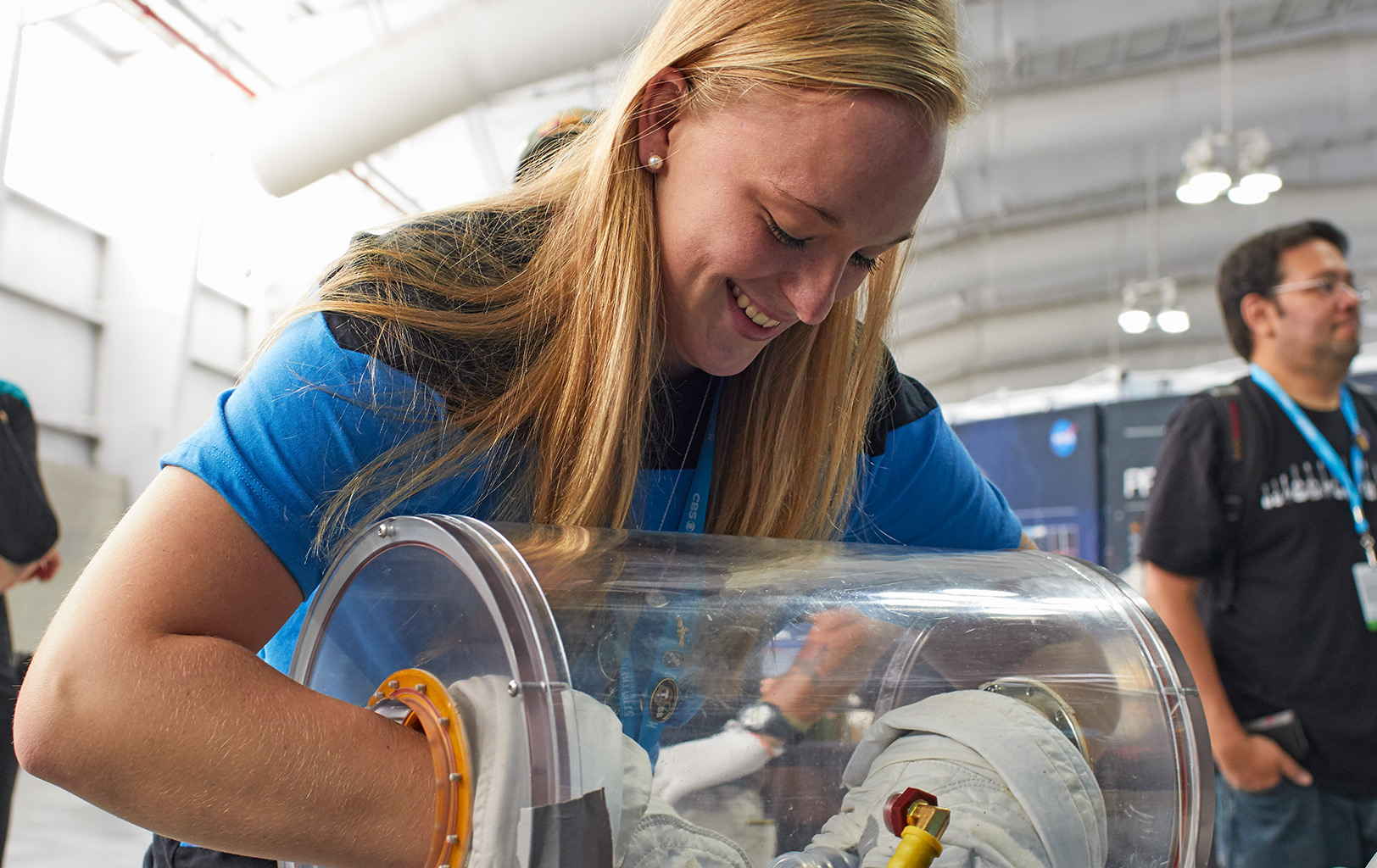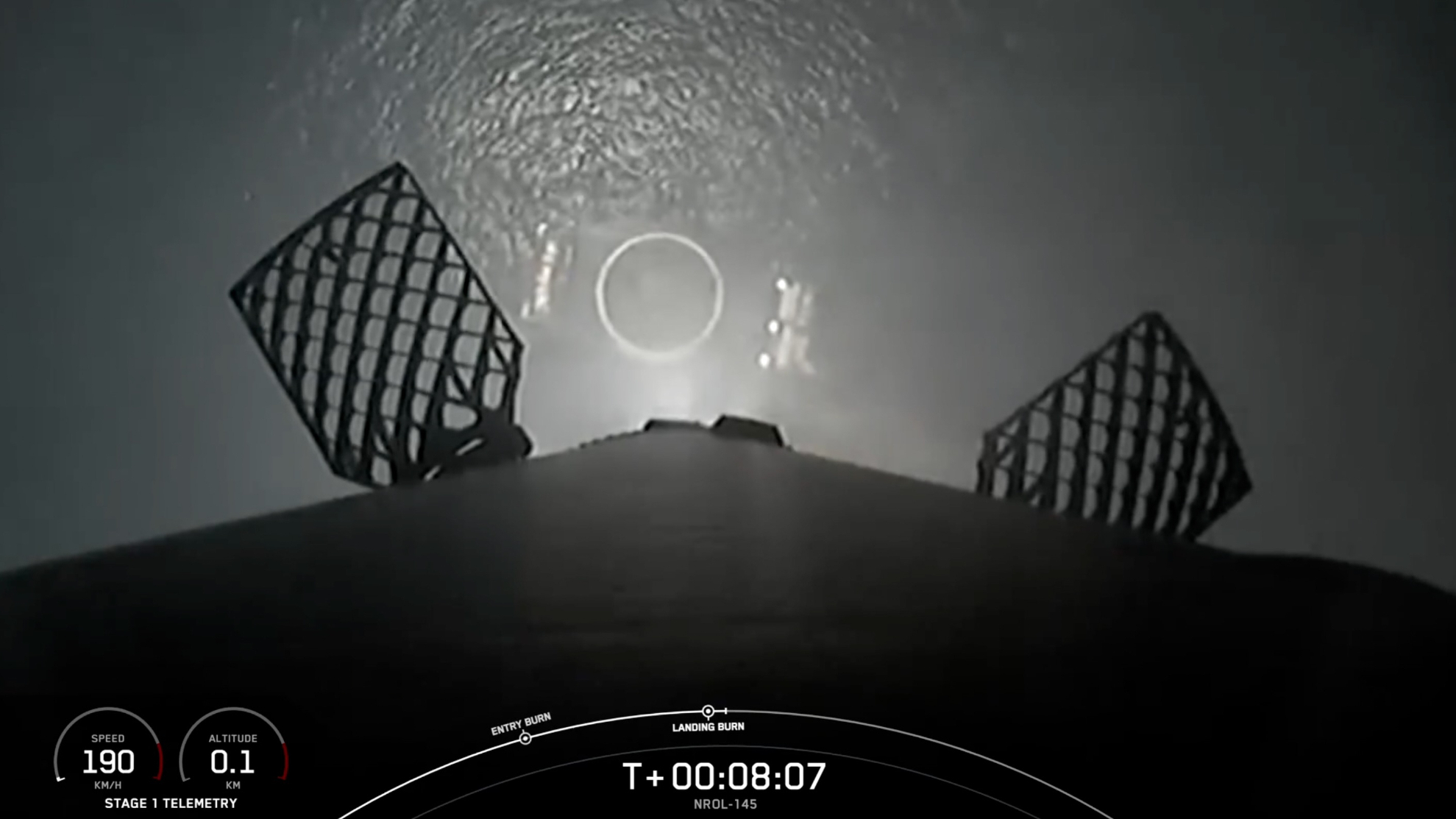This sulfur-based space molecule could tell us about the emergence of life on Earth
"We are really trying to understand how far we can go, chemically, toward larger biological molecules and what environments are needed to form them."

Researchers have created a "fingerprint" of a sulfur-based molecule found in space that may offer new clues about the formation of life on Earth, a new study reports.
Sulfur is an essential element for life as we know it, and a building block for proteins and amino acids. Scientists recently created a spectral "fingerprint" of a special type of molecule called singly deuterated methyl mercaptan (CH2DSH), which was discovered near a young star similar to our sun.
Using the Canadian Light Source (CLS) at the University of Saskatchewan, the researchers studied how CH2DSH reacts when exposed to ultrabright synchrotron light, which mirrors the process that powers stars, according to a statement from the CLS team.
"We are really trying to understand how far we can go, chemically, toward larger biological molecules and what environments are needed to form them," study lead author Hayley Bunn, of the Max Planck Institute for Extraterrestrial Physics in Germany, said in the statement. "Ultimately, it would be nice to answer one day, 'How is this then inherited into planets and hopefully life?'"
Related: 'Microlightning' between water droplets could have sparked life on Earth. Here's how
Bunn and her team specifically looked at how CH2DSH shakes and rotates in response to ultrabright synchrotron light, which is a type of electromagnetic radiation emitted by charged particles, such as electrons, that are accelerated to near the speed of light and then deflected in a magnetic field.
This emulates the effect stars can have on molecules in space. Stars generate energy through nuclear fusion. Some of this energy is converted into light and emitted into space, where it can ionize nearby molecules.
Get the Space.com Newsletter
Breaking space news, the latest updates on rocket launches, skywatching events and more!
Therefore, the CLS instruments can be used to better understand the dynamics of the interstellar medium and the chemical origin of sulfur-based molecules that might have led to the formation of life on Earth billions of years ago, study team members said.
Synchrotron light is vastly brighter than conventional sources, allowing the researchers to identify the molecule's vibrational signals, which are otherwise extremely hard to detect.
"There are very few — possibly four — synchrotrons in the world that do this high-resolution terahertz spectroscopy we need, and one is CLS," Bunn said in the statement. "It's the excitement of figuring out the puzzle."
The researchers are now using the CH2DSH fingerprint to search for more of the same molecules in distant space to better understand its underlying chemistry. Their findings have been accepted for publication in The Astrophysical Journal Letters. You can find a preprint of the study at arXiv.org.
Join our Space Forums to keep talking space on the latest missions, night sky and more! And if you have a news tip, correction or comment, let us know at: community@space.com.

Samantha Mathewson joined Space.com as an intern in the summer of 2016. She received a B.A. in Journalism and Environmental Science at the University of New Haven, in Connecticut. Previously, her work has been published in Nature World News. When not writing or reading about science, Samantha enjoys traveling to new places and taking photos! You can follow her on Twitter @Sam_Ashley13.
You must confirm your public display name before commenting
Please logout and then login again, you will then be prompted to enter your display name.










